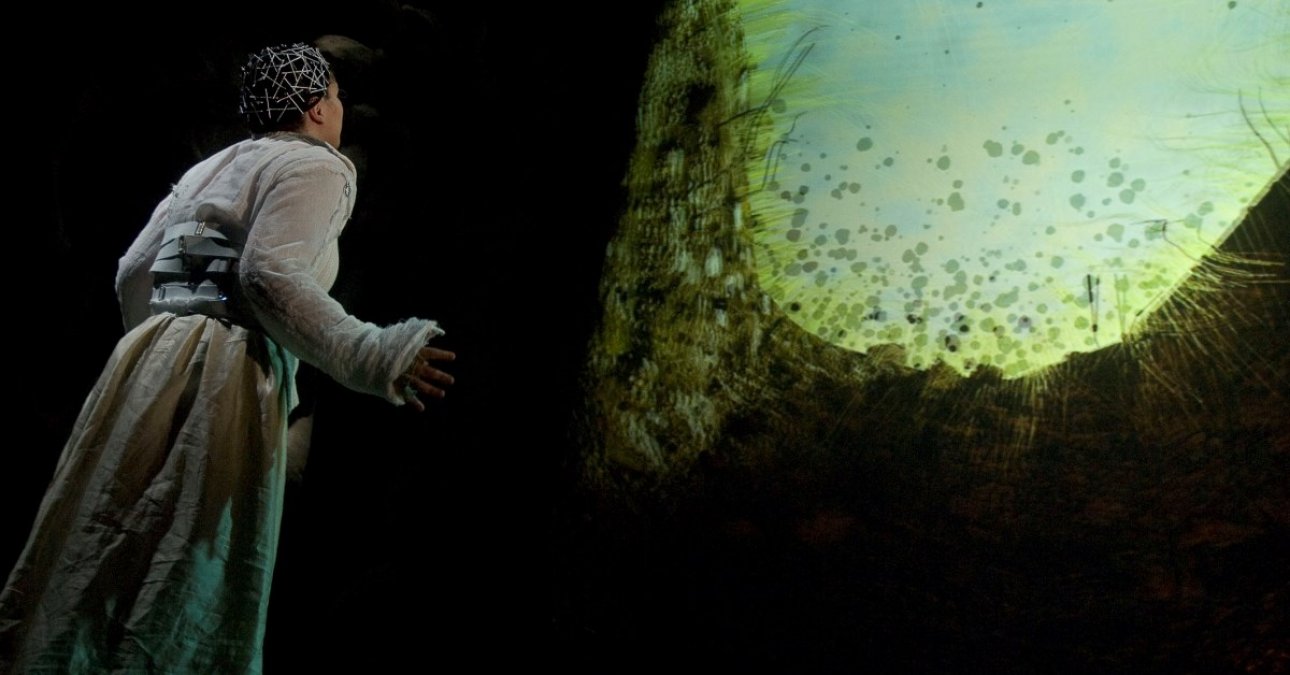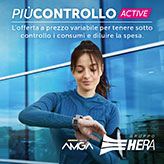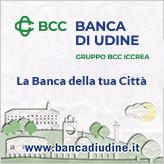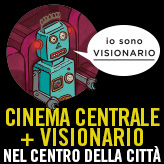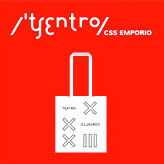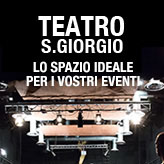Les adieux
The story of a young girl and of a family in the eighties, told with the typical voices, tones and free mental associations of childhood, but also with modern 3d stereoscope techniques, that have never been used in theatre: this is Les adieux, Arianna Giorgia Bonazzi’s first work, put on stage by Benedetto Sicca, a young Neapolitan director who drew attention to himself during the first edition of the E45 Napoli Fringe Festival.
CREDITSlighting design by Marco Giusti
design, development and 3D animation INSOMNIA TEAM Marco Farace, Diego Lettieri, Valeria Verde
sound design Marco Canali
stylist Simone Valsecchi
scenery realization Susy Urbani
in co-production with Napoli Teatro Festival Italia
A script that combines poetry and verbal expression, a visionary director and a team of technicians who work on audiovisual digital technology: these are the ingredients of Benedetto Sicca’s new show. This young Neapolitan director, who caught the audience’s and critics’ attention during the first edition of the Fringe with the show Quella scimmietta di mio figlio (That little monkey son of mine), will be taking part in this year’s Napoli Teatro Festival Italia, which is now producing his new show together with the CSS of Udine.
Taken from the homonymous book by Arianna Giorgia Bonazzi (Fandango 2007), «Les adieux – explains Sicca – is the story of a young girl, told with the voice and fragmentation typical of childhood, which cuts, pastes, overlaps and quotes bits of discoveries and rumours borrowed from adults, from the television and from the crowds that surround us». But it is also the story of a family in the Eighties told through the losses that remain impressed in the consciousness «of a little Alice in Wonderland or of a Dorothy in the Wizard of Oz».
The novelty introduced by the director together with Marco Farace and his Insonnia Team consists in the use of the 3D stereoscopic technology to enhance the evocative force of a script that relies on the possibility of visualising images of the mind.
Stereoscopy and theatre: how did the idea occur?
Benedetto Sicca: Almost three years ago, a week after I happened to buy Les Adieux, I started looking for an object/non-object that could resemble the substance that dreams are made of. I wanted to treat the subjects of the memory for what they are: images that we try and name, but vanish in the exact moment we are about to speak them out. I needed a visual language... as suspended as that of the script. So I looked for information on stereoscopic technologies in the Internet and I met Marco Farace and his group Insonnia Team. Together, we gradually developed a keen interest in a common idea.
What does using this technology involve?
We are in the middle of research and tests. This is why I have to thank the Festival, the CSS of Udine and all the people who, with me, have so enthusiastically thrown themselves into this journey, which has very few fixed points: theatre is a collective art! We are working on two parallel levels: the adaptation of the script and a “screenplay of the memory”, since every single stereoscopic object takes a long time to be first thought up, designed, moulded and then animated.
So on one hand the work in the theatre and on the other hand the work in the studio for the 3D...
The aim is to build a single world and language, consisting in the sound and images of the actress, and obviously of her body, and of the stage design. It is a synthesis of complex signs, which have to construct a meaning beyond the meaning that is able to represent something that no sign would be able to evoke on its own.
What potential do you think stereoscopy has, and what are its limits?
I think its potential is boundless. All that is happening over these months tells us that 3D will change audiovisuals for good. However, I have noticed a sort of childish regression during all our rehearsals: with glasses on, everyone tries to capture the images that appear before their eyes. Stereoscopy is not an easy means, it involves very complicated technical issues, above all when related to an actor’s body. But there is a danger...
Which one?
The new technologies should only be used in the theatre when they are really necessary. Otherwise they become a self referential and empty illusion.
Images
Press reviews
Renato Palazzi, Teatronovelas e giochi da circo - Il Sole 24 Ore, 13 giugno 2010 [68 Kb]Roberta Lombardi, Les adieux. Inghiottiti dall'incubo di un'epoca - Krapp's Last Post www.klpteatro.it, 9 giugno 2010 [36 Kb]Roberto Canziani, Il CSS di Udine scende a Napoli e lancia la sfida del teatro in 3D - Il Piccolo, 8 giugno 2010 [48 Kb]Giovanna Mancini, Impegno civile dal nuovo teatro - Il Sole 24 Ore, 16 maggio 2010 [107 Kb]Rodolfo di Giammarco, Ora il 3D debutta anche sulla scena a teatro con gli occhialini per vedere i sogni - La Repubblica, 31 marzo 2010 [219 Kb]Con Les adieux il CSS va al Festival di Napoli - Il Piccolo, 24 marzo 2010 [272 Kb]Tour
premiere
8 to 11 June 2010, at 20
Napoli Teatro Festival Italia
Napoli, Teatro San Ferdinando

